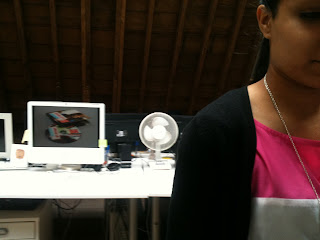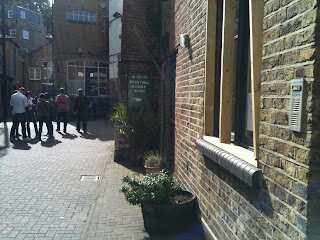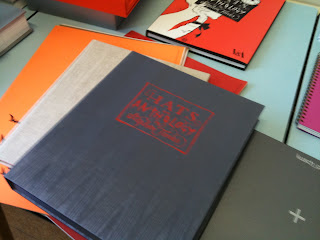Good Is… Buy One, Give One.
Background
Dirty water is one of the world’s biggest killers: 1.4 million children die from diarrhea caused by unclean water and poor sanitation every year, yet it is a simple, preventable public health crisis. Even so, we live in a generation now where people want to make a difference, but due to recent events such as the recession, they are finding it a lot harder to do so.
Aims
I want to develop a movement where people can factor helping developing countries with their water crisis into their every day lives, by the simple way of buy one, give one. I want to make the consumer aware of the movement they will be contributing to, and persuade them to get involved by consuming my chosen product – t-shirts.
Audience
The target audience will be a younger generation, such as teens and young adults (15 – 30) that want to make a difference in the world, but may be weary, or simply out of pocket to straight out contribute to a ‘charity’.
Deliverables
The initial branding of the movement itself, along with relevant promotional material to raise awareness about it and packaging for the t-shirt’s which will be consumed.



















































